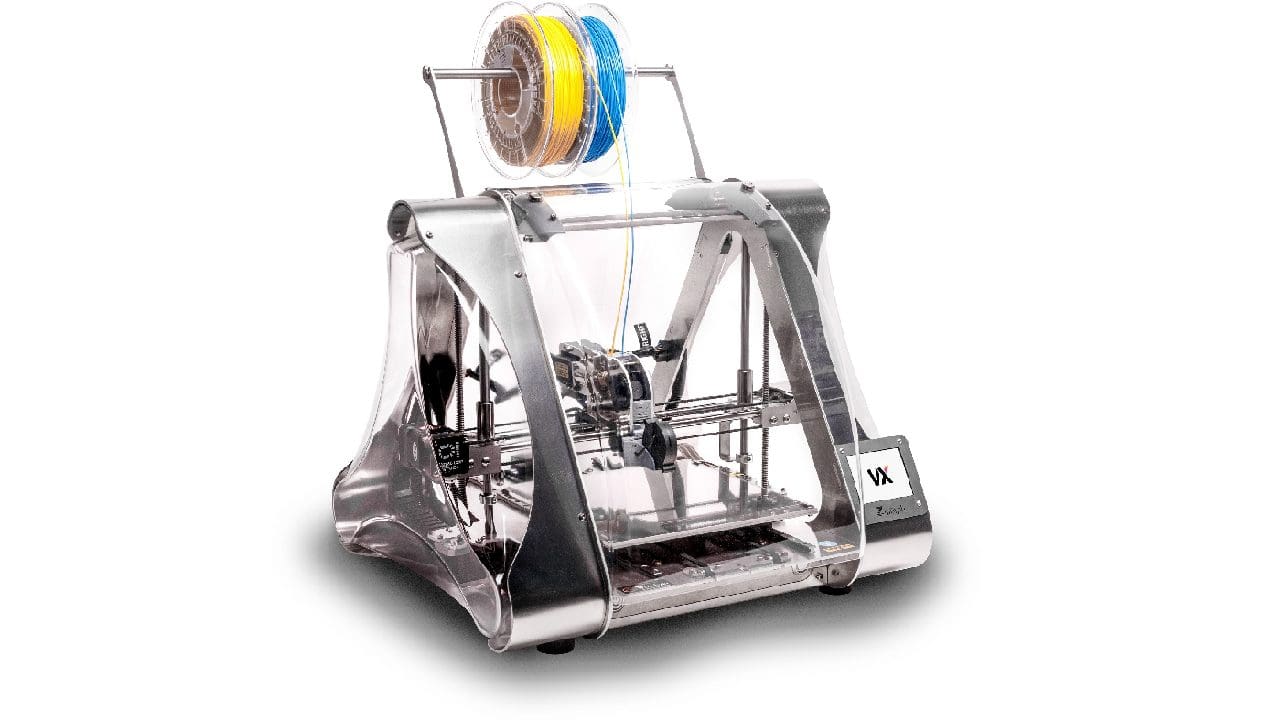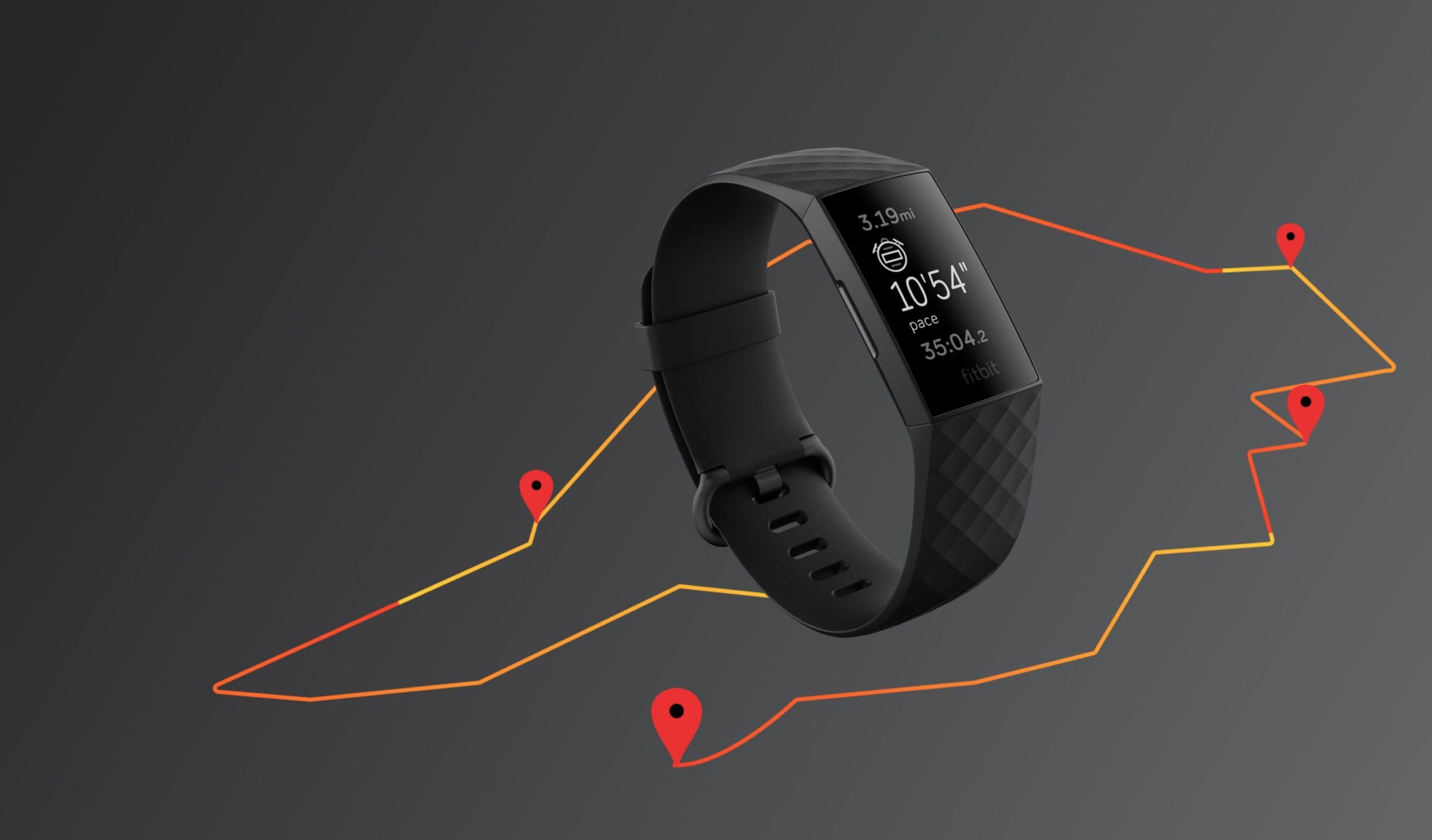The filament for 3D printing is relatively expensive, so makers try to minimize their use of it where possible. This also has the benefit of reducing print times. Part of this process is making sure that enclosed structures are hollow. However, making structures entirely hollow can cause a range of support-related issues.
To achieve a good balance between minimizing print material and ensuring structural integrity, infill is used in enclosed areas. Typically a relatively low-density repeating structure is used. Given that this material is structurally integral to the build, having a messy or broken infill structure can lead to support and collapse issues for the rest of your print.
Tips for Troubleshooting Messy or Broken Infill
While you may want to cut down your infill density as much as possible, 20% is a typical infill density for most prints. Reducing the infill density below 20% can lead to it not being strong enough to support the rest of the structure. You may want to increase the infill density further to provide proper structural integrity for huge prints.
If your infill density setting seems appropriate for your build, then the problem may be the infill printing speed. If the print head moves over the internal structure too fast, then you may end up with the infill suffering from under extrusion or for the cooling fans not having enough time to cool it.
Other Options
The shape of the structure used to provide infill can have a big impact on its support. If your current infill struggles to hold together. Or provide adequate support to later layers, then changing the infill structure may help. Use a triangle, grid, or honeycomb structure is generally your best bet for a strong internal structure.
If you’re struggling to even get your infill to print at all, then the problem could be a slight blockage in the print nozzle. Typically, the outer layers print with more material. Thus, making the issue less noticeable there. However, the reduced flow for the infill can cause flow issues, causing a broken internal structure.
The internal structure can be easily overlooked as it’s not visible on the finished print. However, it can have a big impact on the result of the print. You can easily change various settings through the settings in your slicing software. So you don’t even have to spend a significant amount of time manually updating the infill design yourself. If you’ve got any other tips to help to address infill issues, feel free to share them down below.


